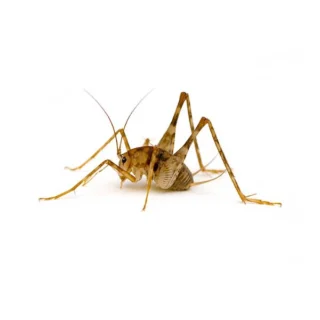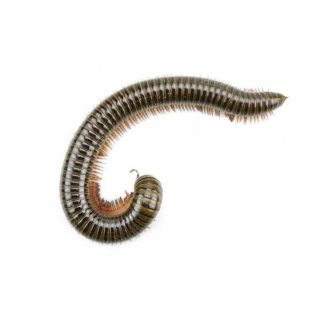Earwigs in Central Arkansas
The name “earwigs” stems from the superstition that they intentionally enter the ears of sleeping individuals to bore into their brains. Their life cycle typically spans one year, with females laying eggs in underground burrows during the autumn months. While they do favor damp, shadowy spots for daytime shelter, they are primarily active at night, feeding on various insects and plants. Found predominantly in the southern and southwestern regions of the United States, they typically hibernate through winter and may seek shelter indoors during extreme weather conditions.
Earwig Habitat
Earwigs have a diverse diet, consuming a broad range of plant and animal materials. They munch on leaves, flowers, fruits, and fungi, as well as prey like aphids and larger insects, which they seize using their pincer-like appendages. During the day, they seek refuge beneath logs, rocks, boards, or dense vegetation. In residential areas, they favor moist spots such as cracks near swimming pools, flower bed mulch, beneath outdoor potted plants, and among leaf litter. Indoors, they gather in folds of cardboard boxes and inhabit kitchens and bathrooms. Despite their reputation as pests, earwigs can also be beneficial in gardens and agricultural settings. They prey on aphids, caterpillars, mites, and other garden pests, helping to control their populations.
Earwig Behaviors, Threats, or Dangers
Earwigs are not known to bite humans or transmit diseases, but they do possess pinchers. While these pinchers typically don’t break the skin, a nip from an earwig can be painful. In addition to their distinctive pincers, earwigs have glands that produce a foul-smelling liquid they can release when threatened. Generally, earwigs are considered nuisance pests, particularly during spring and summer months. In gardens, they may create irregular holes in leaves and flower petals. Earwigs may find their way into homes through gaps in siding or foundations, or when homeowners bring items like potted plants, firewood, or cardboard boxes indoors from outside.
If you are dealing with excess earwigs on your property, contact a local pest control professional.
Need help with Earwig control?
Need Pest Control Service?
Leave your information below and we’ll be in touch with a FREE quote!
"*" indicates required fields
*During normal business hours. After hours calls will be returned the next business day.




